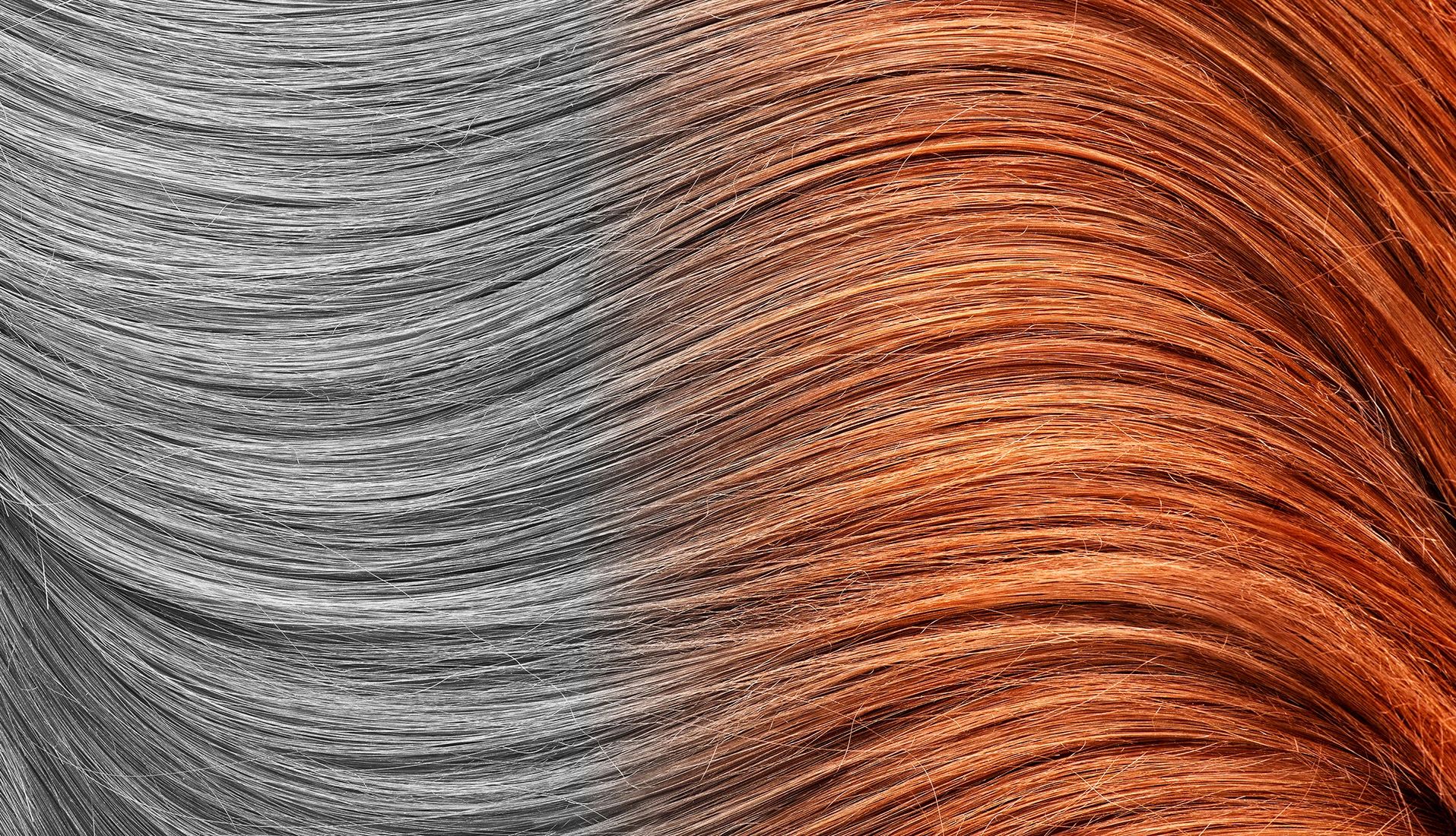AARP Hearing Center


By the time you reach your 50s, you may start to notice some “silver sparklers” mixed in with your natural hair color. The good news is that graying hair, while a visible sign of aging, is not a symptom of an illness or chronic condition. But once we’ve gone gray, can we ever go back to our original color?
Hair turns gray when the cells that make the color pigments in our hair slow down production as we age. “Family history is the biggest predictor,” says Leslie Castelo-Soccio, M.D., associate director of clinical research at the National Institute of Arthritis and Musculoskeletal and Skin Diseases. Besides genetics, psychological stress and vitamin deficiencies can affect hair quality and color.
Here's what the latest science says on gray hair reverting to its original color.
Stressed out tresses
Yes, hair and stress are interrelated. Science tells us hair graying caused by stress can be reversible, according to a 2021 article published in the journal Cell Biology.
Research scientists studied volunteers who donated strands of hair that were absent of any chemical treatments or hair dye. They digitized them to increase the images under a microscope and found that the levels of gray increased with reported stress and repigmentation occurred during less stressful periods. More research on a larger population will help determine if this phenomenon is just anecdotal or can apply to larger groups of people.
Stress can be caused by many internal and external factors; financial worries, issues with a loved one, or stress about your career. If you’re feeling stressed, try moving your body, taking a walk in the sun, try deep breathing, or draw a warm bath before bed to help you relax.
The curious case of cancer drugs
George Cotsarelis, M.D., chair of dermatology at the Perelman School of Medicine at the University of Pennsylvania. says there is scant evidence gray hair will reverse course on its own—something scientists call repigmentation— but it sometimes happens to people taking cancer drugs.
“There are weird cases where people's hair repigments, but they're extremely rare. Most of the cases have to do with getting chemotherapy,” Cotsarelis says. A small study published in a 2017 article in the journal JAMA Dermatology found that 14 people getting immunotherapy treatment for lung cancer noticed their hair color returning.
One woman experienced premature graying in her 20s and was given a topical treatment containing α-melanocyte-stimulating hormone agonist, an ingredient typically found in melanoma drugs and other cancer drugs, although the woman didn’t have cancer. After five months, most of her hair returned to its original color. The case study was published in a 2023 article in the International Journal of Trichology.
John E. Harris, M.D. professor of dermatology at UMass Chan Medical School, is delighted scientists stumbled upon the discovery.
“This is one of those really great examples where science gives us a foothold. There's an observation that's made by accident that gives us a foothold in the process and now allows us to start asking better questions,” he says.


































































More From AARP
Tips on Keeping Skin Vibrant
Keep your complexion glowing6 Solutions for Hair Issues Facing Women Over 50
Products that will pump up hair’s volume, improve texture and boost shineBest Hairstyles for Women Over 50 in 2025
Discover "shear" happiness.